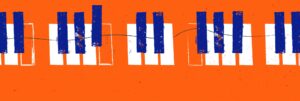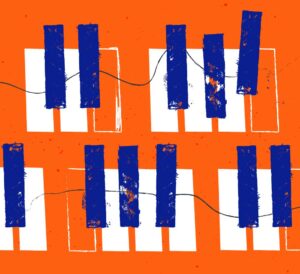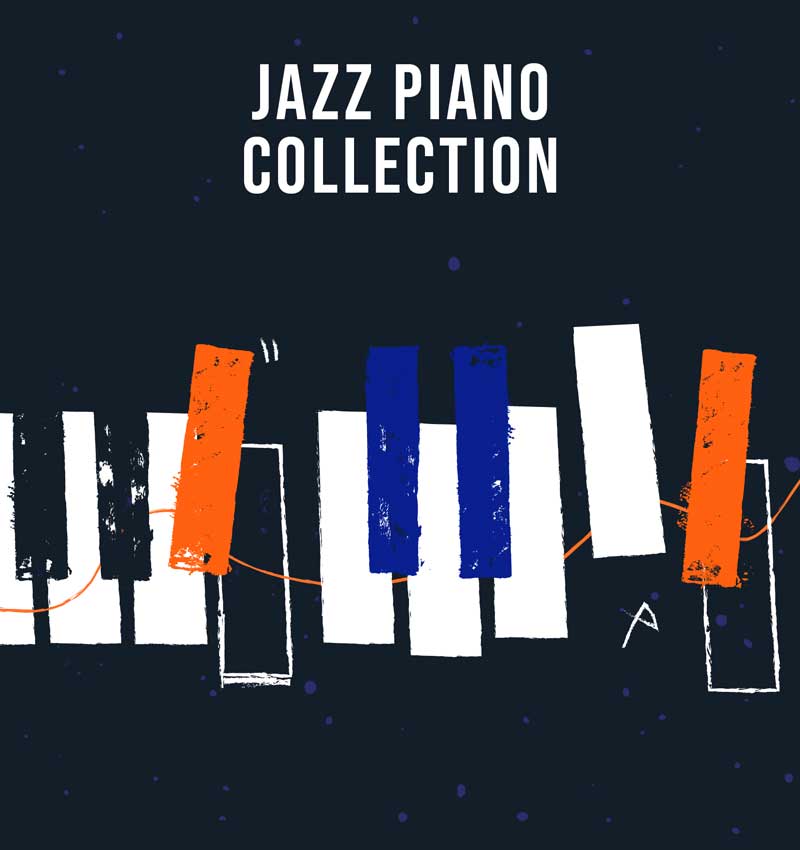What do you think of our top 25? How many do you have? Drop us a line at info@everythingjazz.com
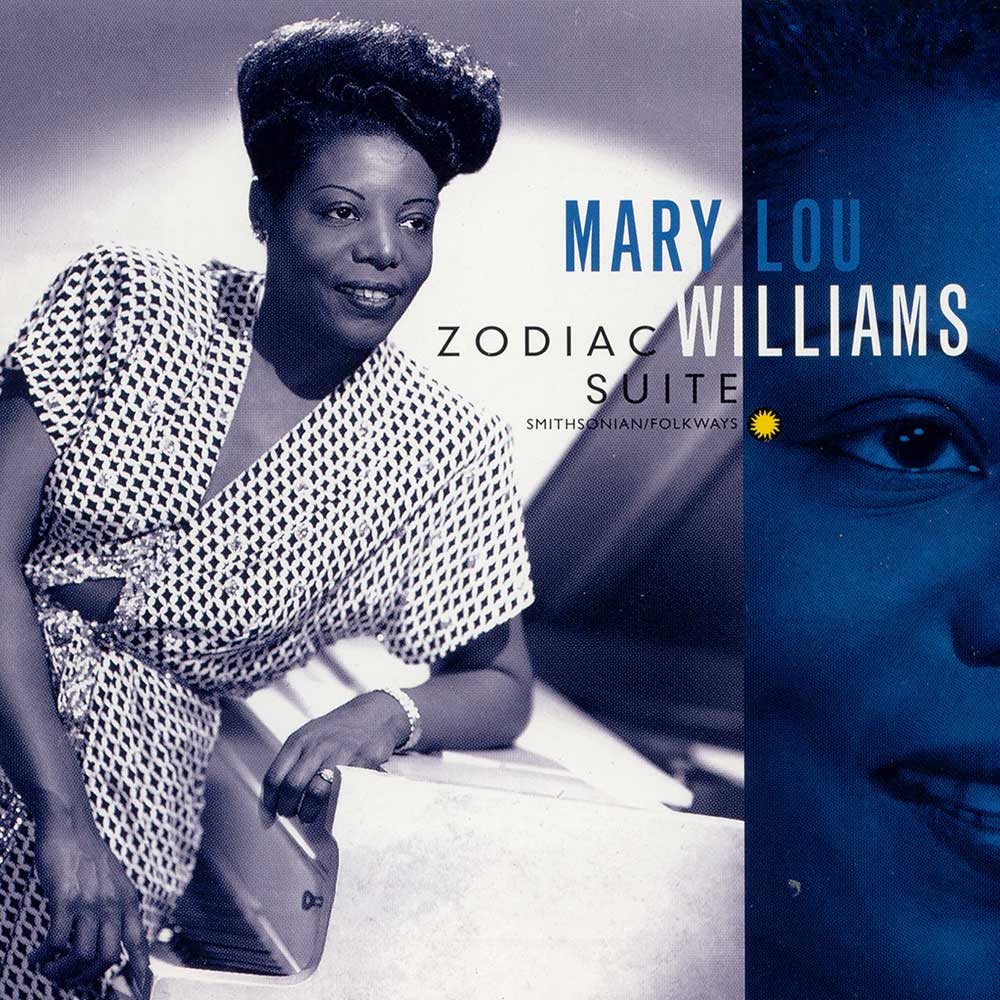
01 ZODIAC SUITE
/ MARY LOU WILLIAMS
Asch, 1946
In 1945, the stride pianist who had worked for Duke Ellington and Benny Goodman finished writing her masterpiece “Zodiac Suite”. Her own recording wasn’t released on 12-inch vinyl until 1975, but on a series of three 10-inch shellac records. Still it contains all elements of a great jazz piano album. It’s a through-composed symphonic suite with a unified sound and theme, combining elements of jazz, blues and European classical music.
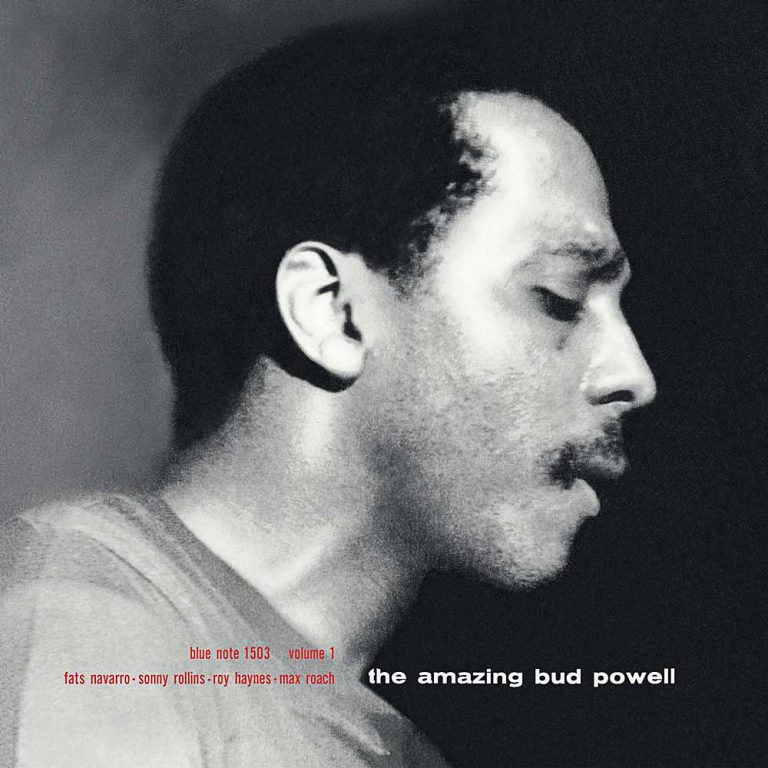
BUD POWELL The Amazing Bud Powell
Available to purchase from our US store.02 THE AMAZING BUD POWELL
/ BUD POWELL
Blue Note, 1956
These were re-bundles of previous 10-inch LPs that the bebop innovator had recorded over three sessions between 1949 and 1953. Unlike compilations of other early masters, these two records do already sound like unified albums. Max Cole comments in his glowing EJ review: “Powell had soaked up Thelonious Monk’s harmonic ideas and out-of-the-box melody lines, but he had also played with Charlie Parker, and was one of few pianists whose right hand could fly as nimbly as Bird.”
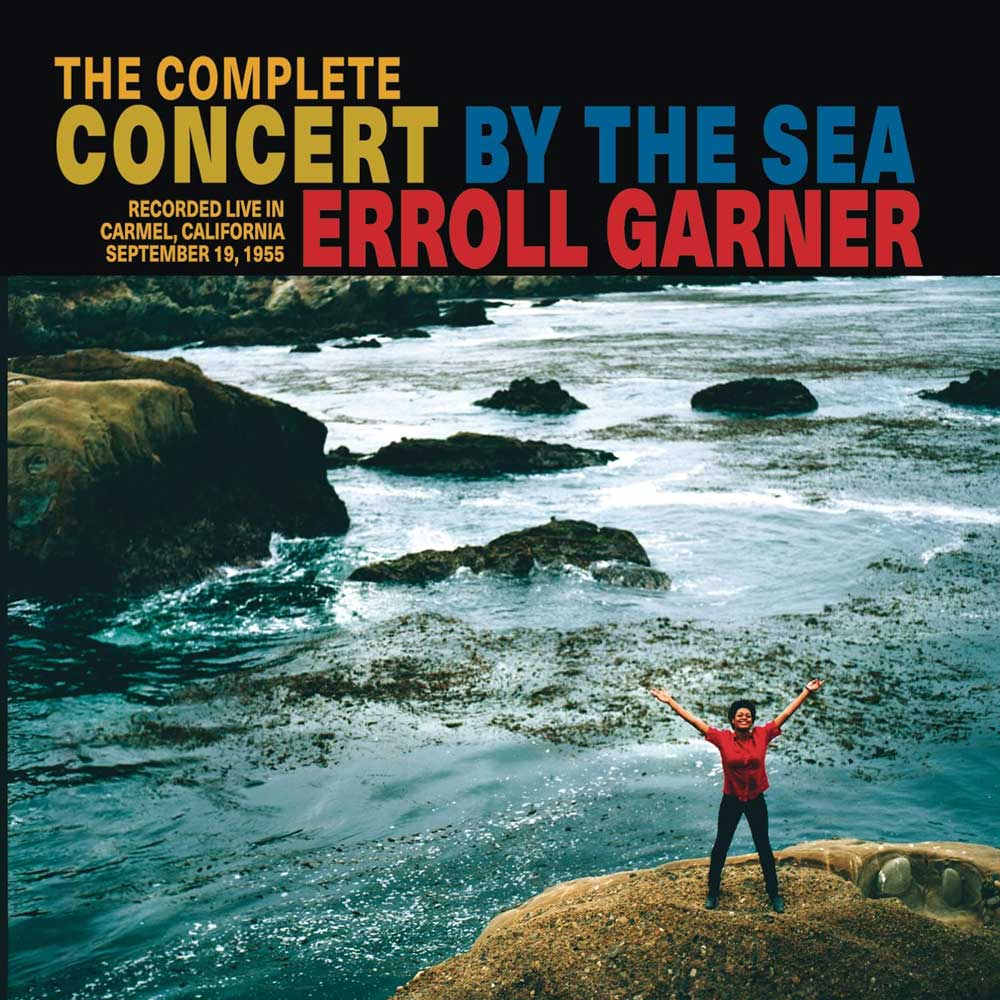
03 CONCERT BY THE SEA
/ ERROLL GARNER
Columbia, 1955
This historic concert was captured with a tape recorder at a trio gig in California, and sold a million copies initially. Garner, who was largely self-taught and couldn’t read music, was a virtuoso of the swing era, leading the way into bop. His signature chord voicings were distinctive, and his two hands played completely independent of the other. Though he was inspired by stride and swing, he became most famous for playing ballads.
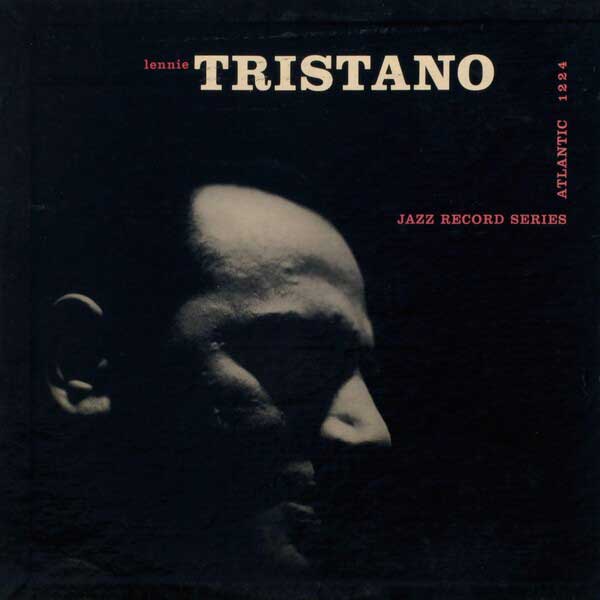
04 TRISTANO
/ LENNIE TRISTANO
Atlantic, 1956
An uncompromising musician with little interest in commercialism, Tristano came up in the bebop era, but his style foreshadowed the innovations of free jazz in terms of group improvisations and atonal playing. His wildly innovative eponymous solo album was criticised for the use of overdubbing techniques and tape manipulations, which would become standard later on. The record is testament to Tristano’s improvising genius and his lyrical, hard-swinging style.
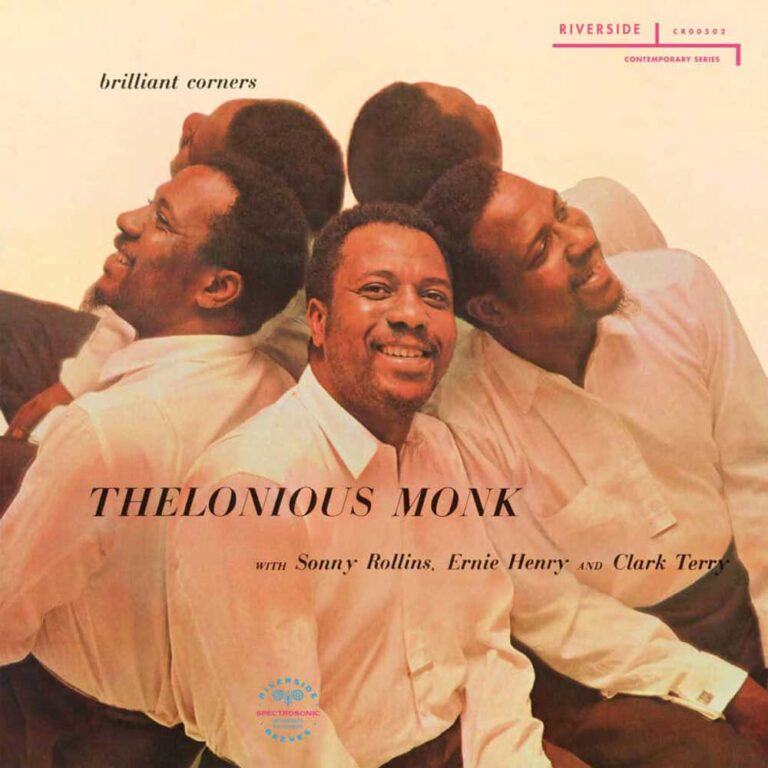
THELONIOUS MONK Brilliant Corners
Available to purchase from our US store.05 BRILLIANT CORNERS
/ THELONIOUS MONK
Riverside, 1957
First an unsung hero of the 1940s bebop era, this misunderstood genius wouldn’t get widely recognised for his innovations until a decade later. For this outstanding album, he was finally showered with the critical praise he’d long deserved. Monk’s idiosyncratic playing is shaped by quirky, dissonant chord voicings. Here he played mostly his own tunes, which featured unconventional structures not compliant with standard song and blues forms.
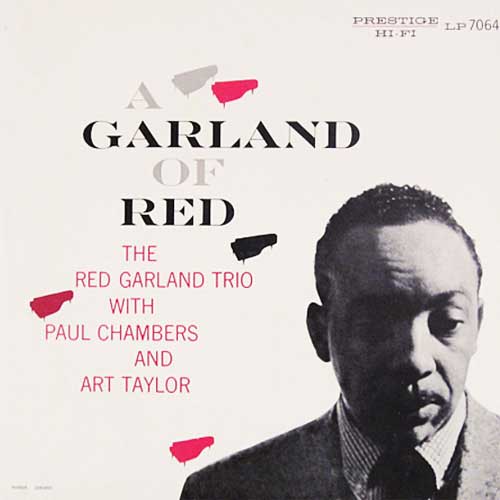
06 A GARLAND OF RED
/ RED GARLAND
Prestige, 1957
A year prior to this recording, Garland had joined Miles Davis’ First Great Quintet. The pianist had a distinctive light touch and made strong use of block chords while playing in a “locked hands” style inspired by Duke Ellington and Count Basie. Garland would release many more great albums into the early 1960s, but this trio recording – his first as a bandleader – is where his unmistakable style emerged.
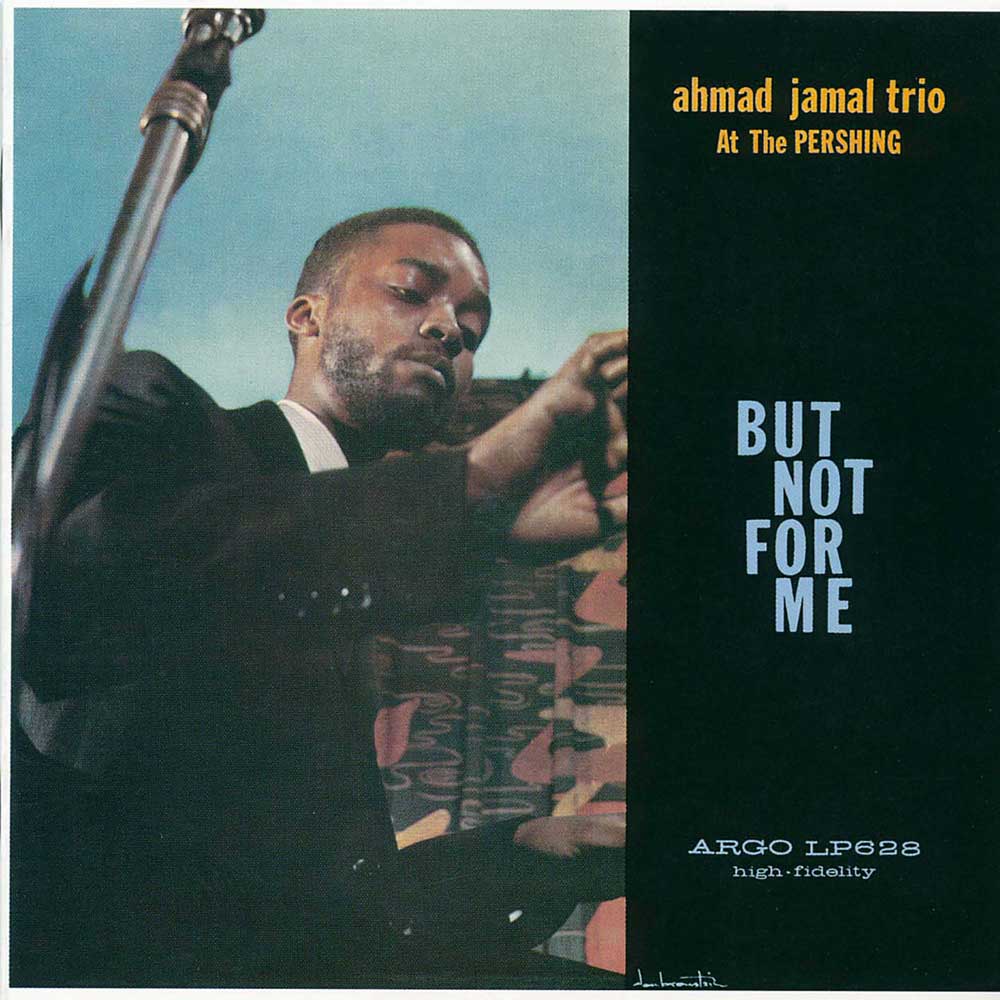
07 AT THE PERSHING: BUT NOT FOR ME
/ AHMAD JAMAL
Argo, 1958
Initially dismissed as a “cocktail jazz pianist”, Ahmad Jamal’s idiosyncratic style of lyrical, light touch playing influenced a whole generation of musicians, including a young Miles Davis. This live, trio album became an unexpected bestseller of the cool jazz era, flying off the shelves mainly due to the hit single “Poinciana”. Jamal’s minimalist, restrained playing is often interpreted as a reaction to the (over-)complexity of bebop.
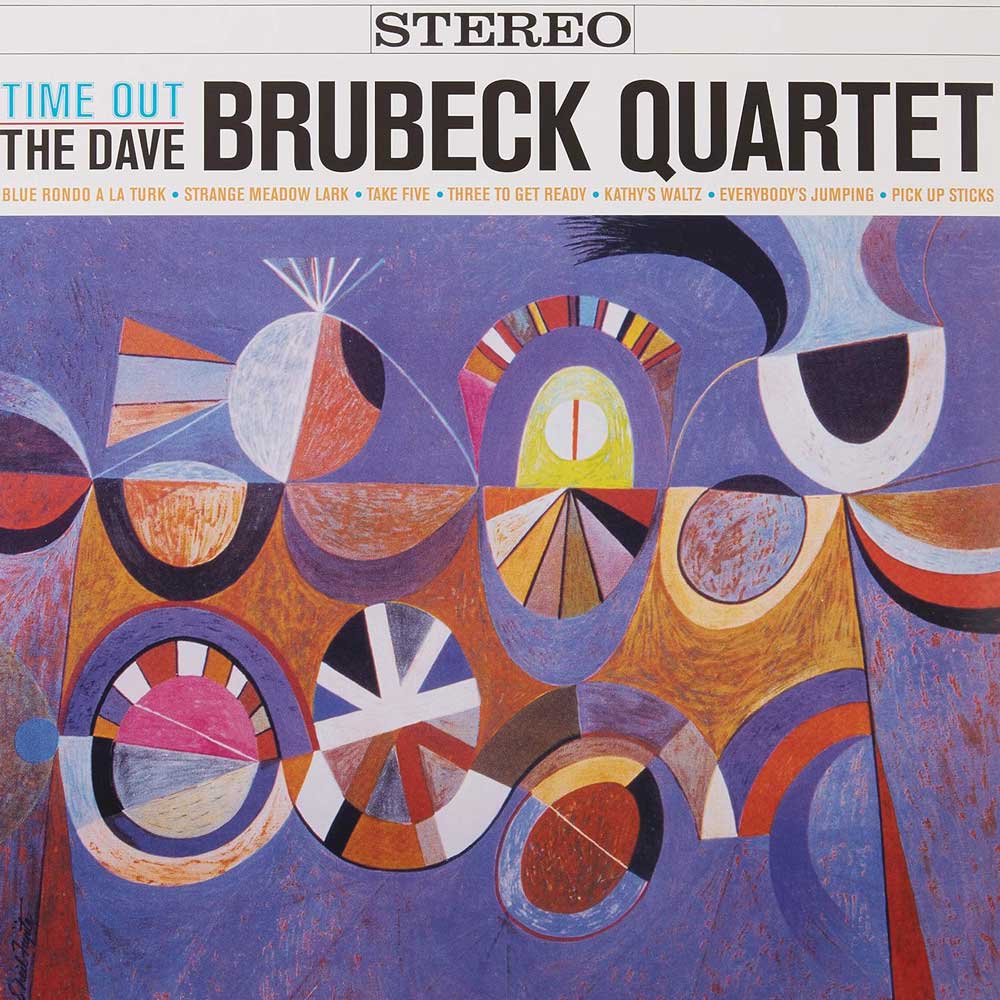
08 TIME OUT
/ DAVE BRUBECK
Columbia, 1959
There was a time when every aspiring jazz pianist wanted to play like Brubeck, even the young free jazz innovator Cecil Taylor. “Time Out” contains the west coast player’s biggest hit, “Take Five”, which demonstrates not just his signature style of “cool” playing, heavily leaning towards block chords, but also showcases his skills as a composer with an amazing ear for melody, making lopsided time signatures sound catchy and accessible.
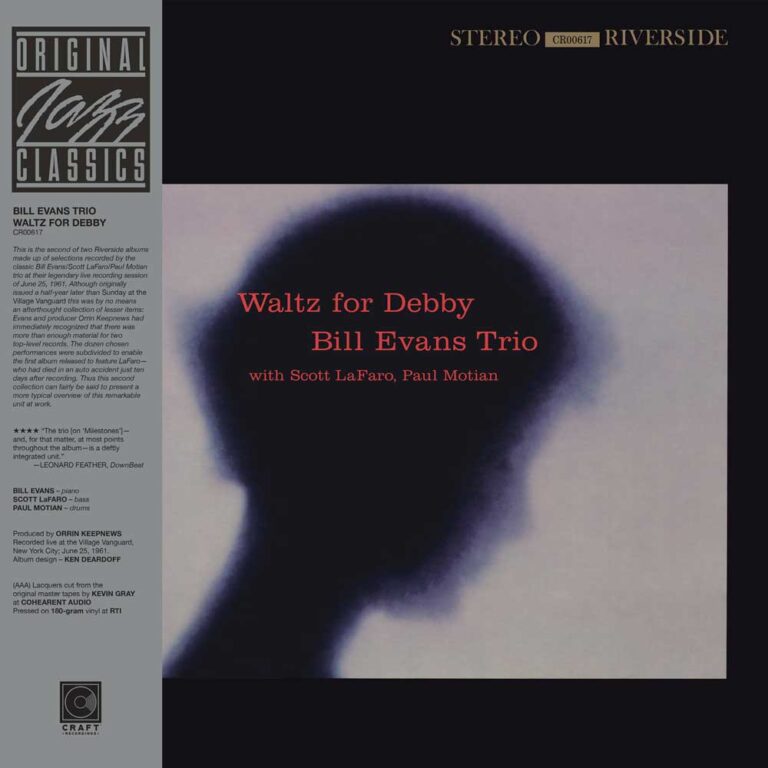
BILL EVANS Waltz for Debby
Available to purchase from our US store.09 WALTZ FOR DEBBY
/ BILL EVANS
Riverside, 1962
Evans played piano on Miles Davis’ “Kind of Blue”, released in 1959 and arguably one of the most important jazz albums of all time. He released a bunch of outstanding records with his own trio in the following years, among them the iconic live set “Sunday at the Village Vanguard”, which – together with this even slightly superior sister record – cemented his reputation as the most complex, lyrical players of the modal jazz era.
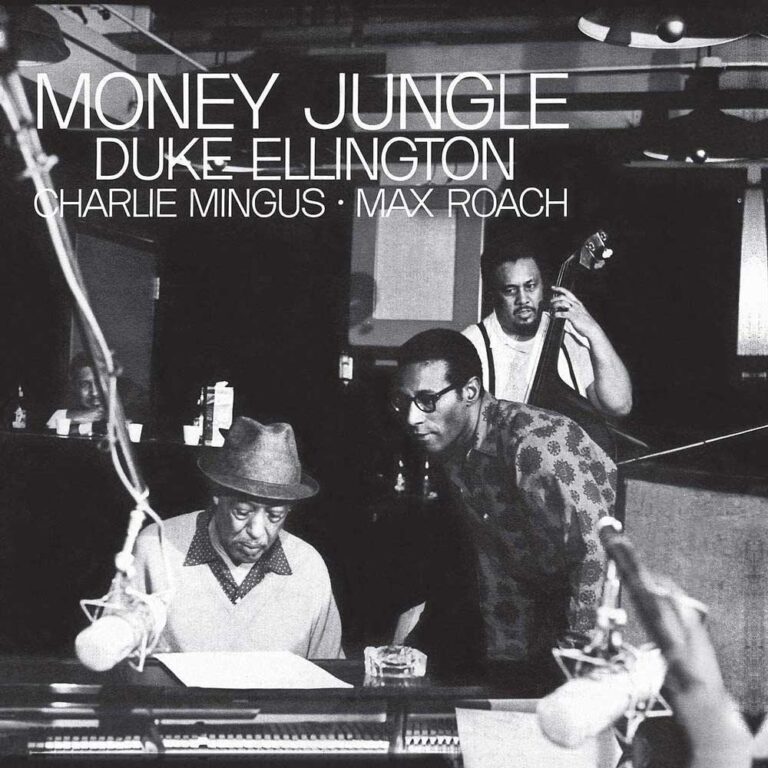
DUKE ELLINGTON Money Jungle
Available to purchase from our US store.10 MONEY JUNGLE
/ DUKE ELLINGTON
United Artists, 1963
Ellington had shaped the swing era as a big band leader, but never recorded a piano trio album until this recording session with two well-respected players of the younger generation, temperamental bassist Charles Mingus and fiery drummer Max Roach. The resulting album is an impressive showcase of rivalry and respect – and a document of Ellington’s superb piano skills, combining blues roots with dissonant chords and showing him as a modernist at heart.
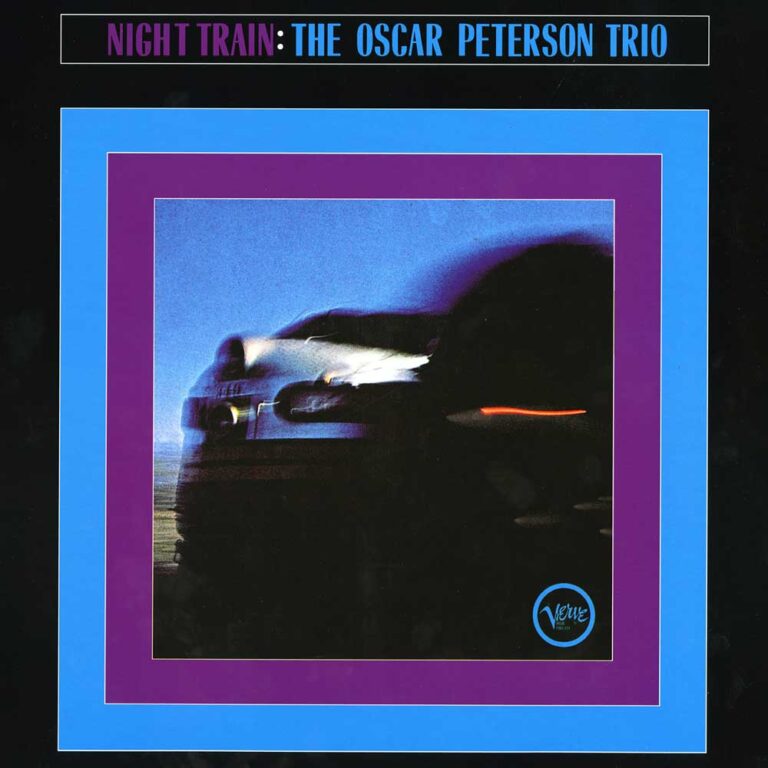
Oscar Peterson Trio Night Train
Available to purchase from our US store.11 NIGHT TRAIN
/ THE OSCAR PETERSON TRIO
Verve, 1963
Classically trained, Peterson became a professional orchestral and big band musician in his teens. By the early 1960s, his trio with bassist Ray Brown and drummer Ed Thigpen ruled the jazz charts and polls. “Night Train” is the ultimate example of both the pianist’s melodic, funky style of playing and the group’s undeniable chemistry. This session of popular standards made a young Diana Krall want to become a jazz pianist.
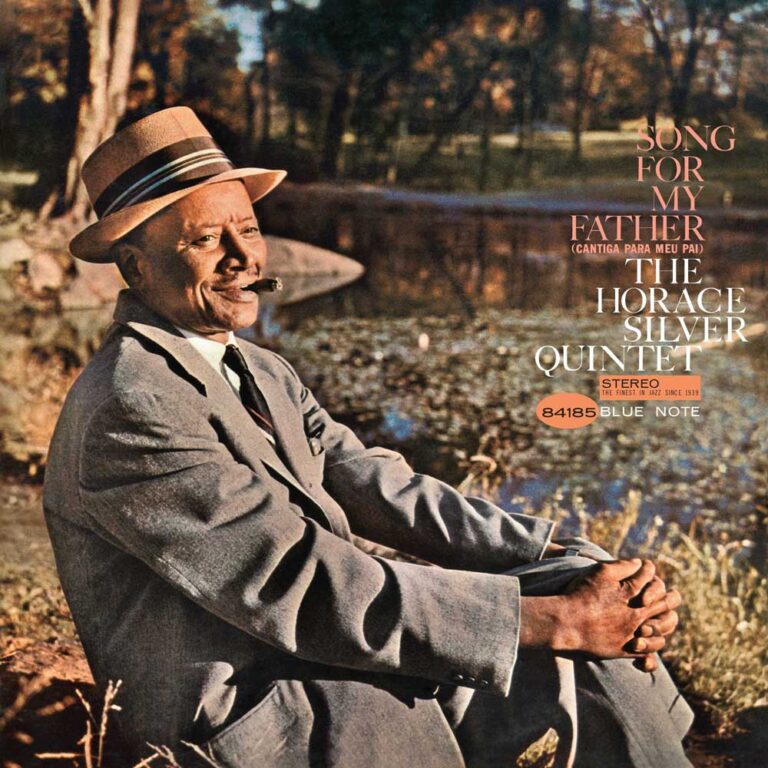
HORACE SILVER Song For My Father
Available to purchase from our US store.12 SONG FOR MY FATHER
/ HORACE SILVER
Blue Note, 1965
Injecting his bebop roots with strong influences from gospel and rhythm & blues, Silver became one of the defining pianists of the hard bop era. Arguably the highpoint of his influential recording career, this quintet album inspired by a trip to Brazil showcases his percussive playing as well as his compositional prowess. With its focus on strong melodies and tight songwriting, it foreshadowed Silver’s pivot towards the popular soul-jazz style.

ANDREW HILL Point Of Departure
Available to purchase from our US store.13 POINT OF DEPARTURE
/ ANDREW HILL
Blue Note, 1965
In his lifetime, Alfred Lion of Blue Note only heard three musicians that made him want to stop and record everything they did: Monk, Herbie Nichols, and Andrew Hill. In the 1960s, the classically trained pianist recorded an incredible run of five albums; “Point of Departure” is rightfully regarded as its high point. Hill introduced unpredictable elements of dissonance and percussiveness into the bop framework, sounding its fringes without completely dismantling it.
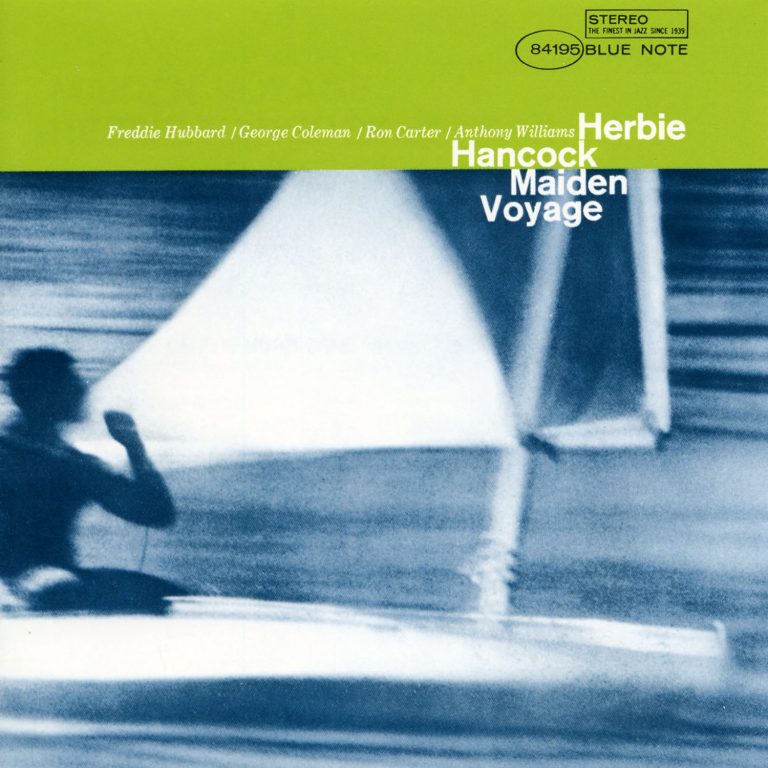
HERBIE HANCOCK Maiden Voyage
Available to purchase from our US store.14 MAIDEN VOYAGE
/ HERBIE HANCOCK
Blue Note, 1966
In the mid-1960s, Hancock – hot off playing in the Miles Davis Quintet – emerged as one of the defining architects of post-bop. “Maiden Voyage” sees the pianist at his most romantic and lyrical, evoking a tranquil, oceanic atmosphere. Three of its five compositions have become real book standards, and the title song remains his own favourite out of his catalogue. In the 1970s, Herbie would shape jazz history again, as a stalwart of fusion.
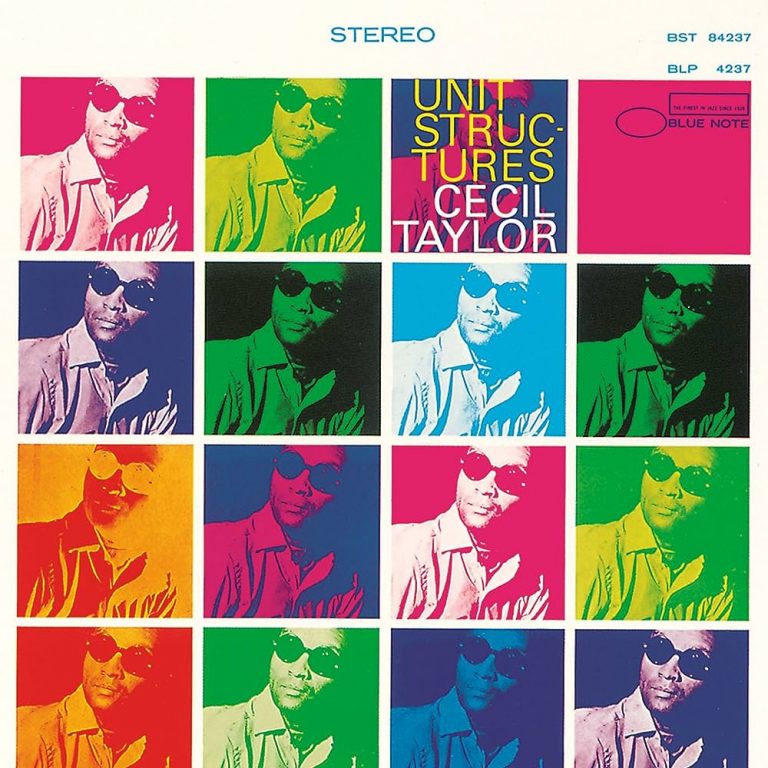
Cecil Taylor Unit Structures
Available to purchase from our US store.15 UNIT STRUCTURES
/ CECIL TAYLOR
Blue Note, 1966
Not just a jazz pianist, Cecil Taylor has to be regarded as one of 20th century’s greatest artist-composers, one of the first to successfully fuse jazz with the European atonal avant-garde. Leaving swing as a concept behind, he introduced a new element to his style of jazz: Energy. “Unit Structures” is one of his great early works – a ferocious, intense slice of group improvisation. A revolutionary free jazz milestone.
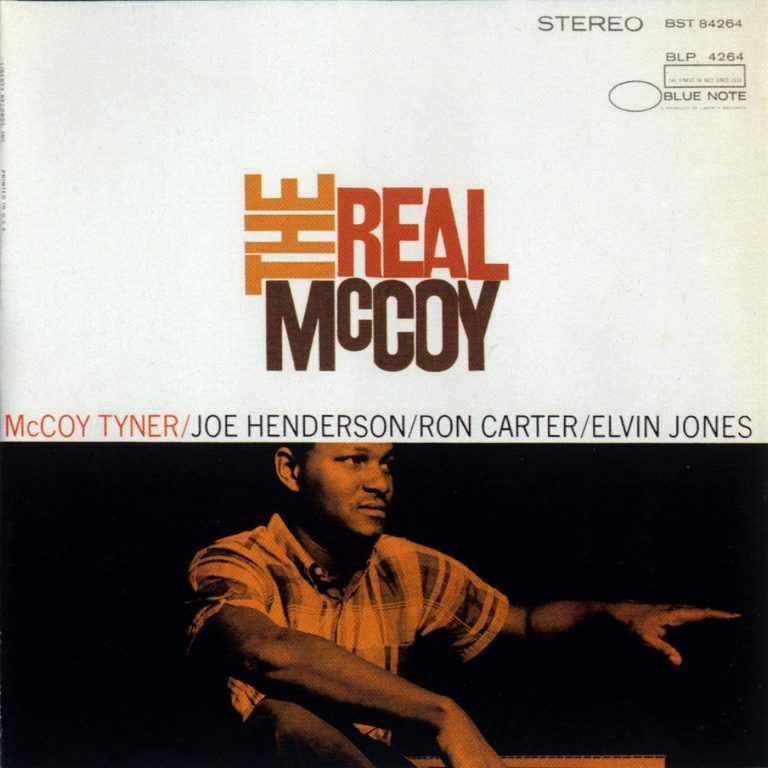
MCCOY TYNER The Real McCoy
Available to purchase from our US store.16 THE REAL MCCOY
/ MCCOY TYNER
Blue Note, 1967
Tyner left his safe position in the classic John Coltrane Quartet, when ‘Trane went into a radical free jazz direction. He wasn’t a traditionalist, but he still felt dedicated to modal improvisation and the post-bop format. “The Real McCoy”, his first Blue Note session as a leader with a stellar quartet of Joe Henderson, Ron Carter and Elvin Jones, showcases his uncompromising, maximalist style influenced by Monk and Bud Powell.
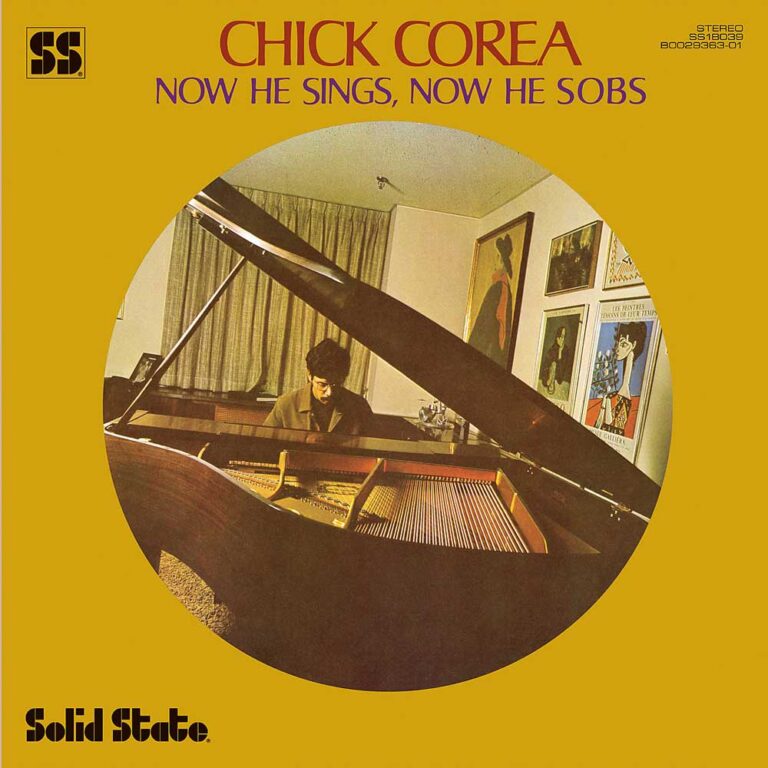
CHICK COREA Now He Sings, Now He Sobs
Available to purchase from our US store.17 NOW HE SINGS, NOW HE SOBS
/ CHICK COREA
Solid State, 1968
“The album where Chick Corea really found his voice (…) has become a classic through redefining what a piano trio record can be”, Andrew Taylor-Dawson writes in his album story for Everything Jazz. “Driven by emotive and beautiful melodies, it is possessed of an underlying experimentalism reflecting the influences and ideas that Corea surrounded himself with in that period of rapid political and cultural change.”
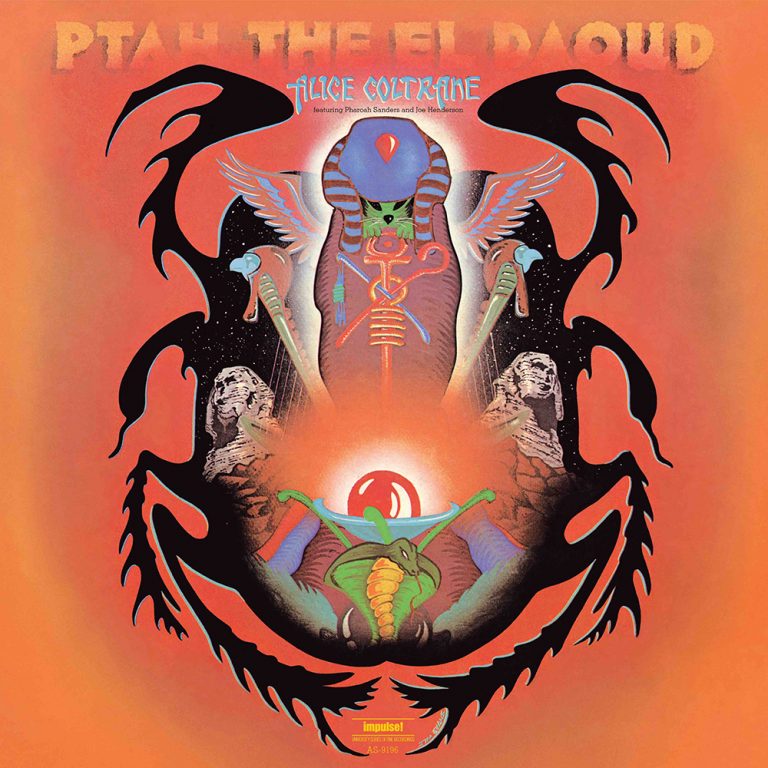
ALICE COLTRANE Ptah The El Daoud
Available to purchase from our US store.18 PTAH THE EL DAOUD
/ ALICE COLTRANE
Impulse, 1970
“Those captivated by the enchanting transcendence of Alice Coltrane’s worship music on the harp and synth should make room for her equally remarkable work on her primary instrument, the piano”, Randall Roberts writes in his EJ review. Coltrane had honed her skills under Bud Powell and replaced McCoy Tyner in her husband’s group. On her third solo album, the virtuoso pianist seamlessly combines elements of Indian classical music with the blues and gospel roots of her Detroit upbringing.
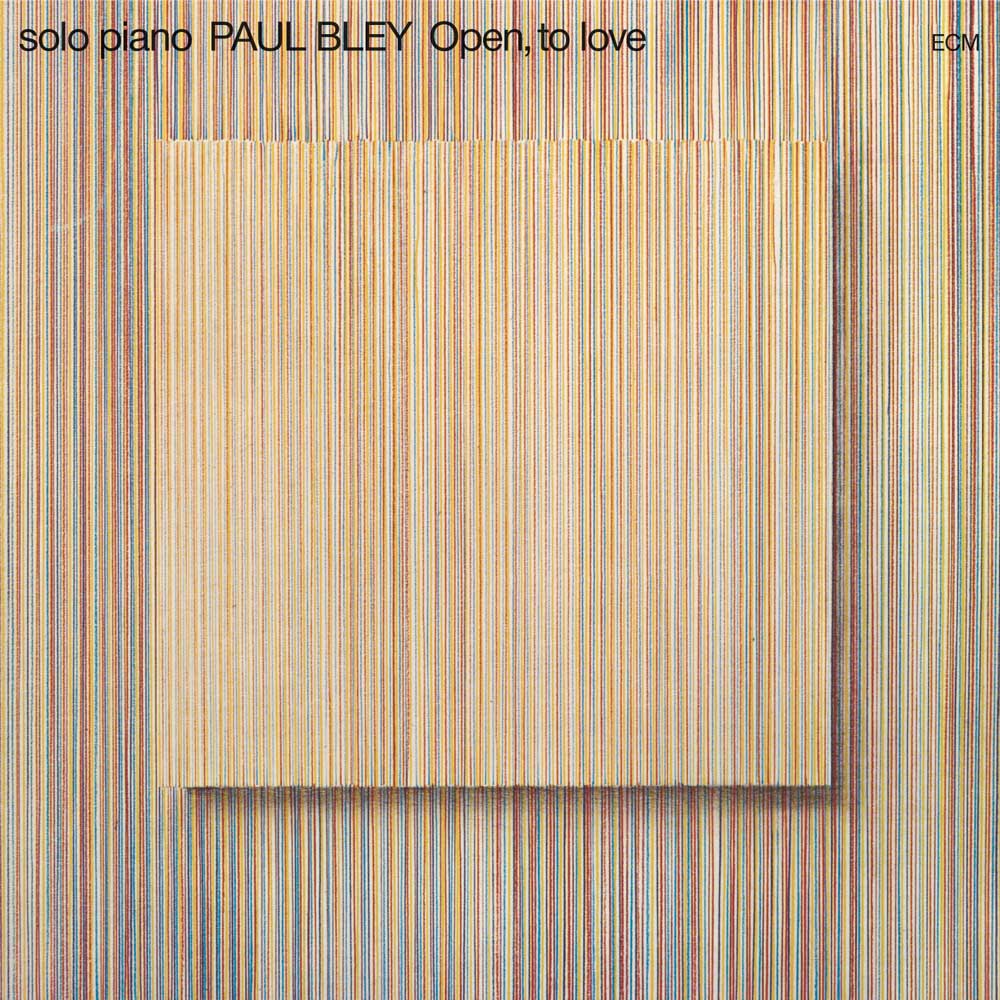
19 OPEN, TO LOVE
/ PAUL BLEY
ECM, 1972
At the time this was recorded, Paul Bley had been at the forefront of the jazz avant-garde for two decades. This solo piano album is often considered his definitive masterpiece. Bley introduced a mature pointillist style with loads of space and silence between notes. Alongside Chick Corea and Keith Jarrett, Bley helped define the sound of the young German label ECM with this magical, dreamlike album.
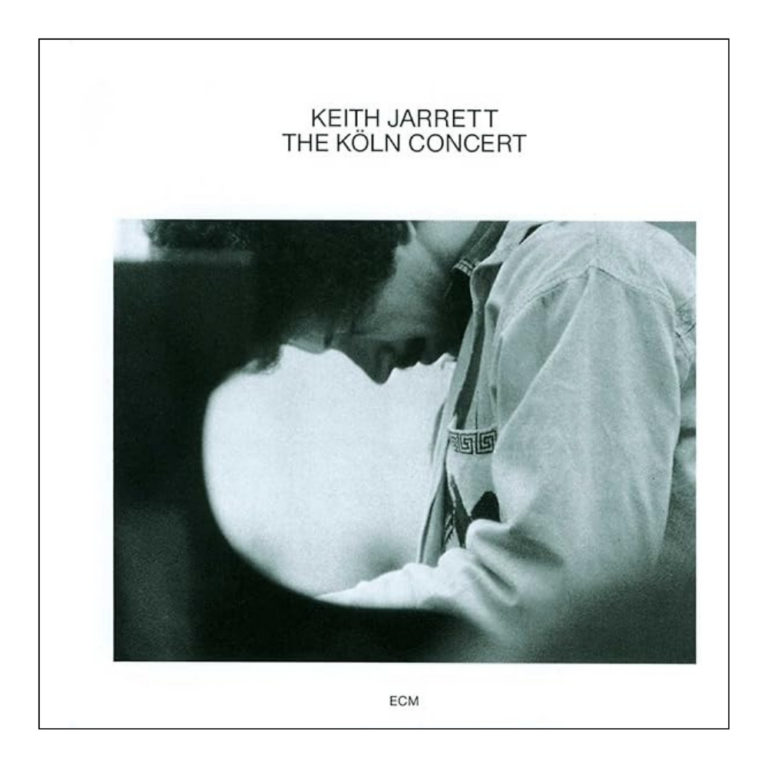
KEITH JARRETT The Köln Concert
Available to purchase from our US store.20 THE KÖLN CONCERT
/ KEITH JARRETT
ECM, 1975
n January 1975, the prodigy-cum-wizard – who’d previously played with Art Blakey and Miles Davis – arrived at Cologne’s opera house after an overnight car journey. Hurting from severe back pain and dealing with a battered instrument, Jarrett still gave one of the performances of his life. ”The Köln Concert” would become an unexpected million-seller, reaching completely new audiences with its sophisticated take on solo piano improvisation.
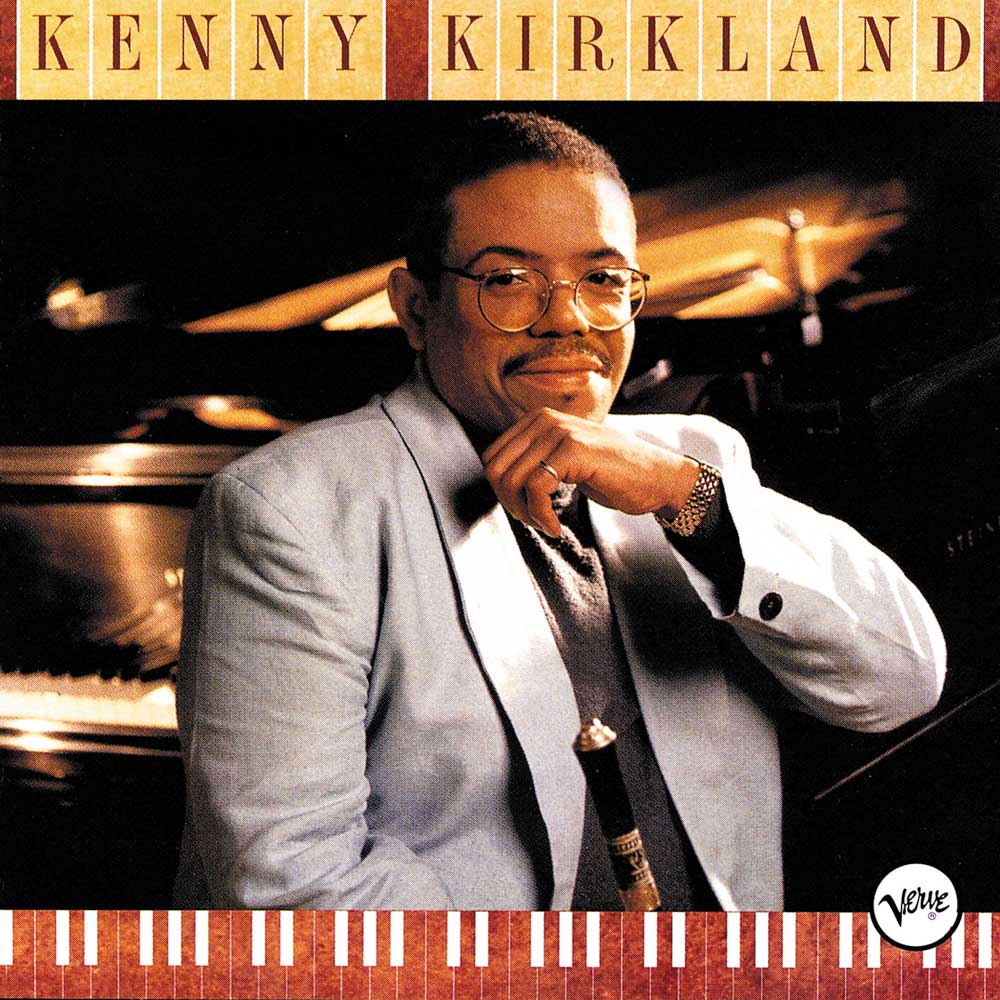
21 KENNY KIRKLAND
/ KENNY KIRKLAND
GRP, 1991
The defining jazz pianist of the Young Lions era of the 1980s, Kirkland’s presence was felt on the most important and successful albums by the Marsalis brothers. His self-titled debut as a leader came just a few years before his untimely death at 43. The album, though often overlooked, is a brilliant document of Kirkland’s unpredictable, wide-ranging style on the piano, with deep references to bop, fusion and Latin jazz.
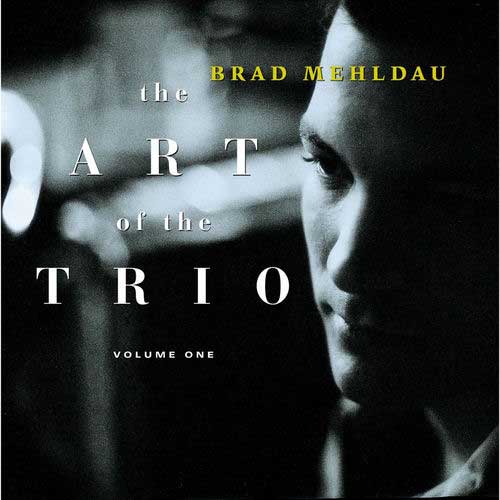
22 THE ART OF THE TRIO VOL. 3
/ BRAD MEHLDAU
Warner, 1998
After the neo-classicism and bop revivalism of 1980s jazz, Mehldau defined the sound of the 1990s with his lyrical, post-romantic style of contrapuntal playing, infused with a sophisticated pop sensibility. The third entry in his hugely successful “The Art of the Trio” series included Radiohead and Nick Drake covers. This was the moment when all those comparisons to Keith Jarrett and Bill Evans finally stopped and Mehldau became just – Mehldau.
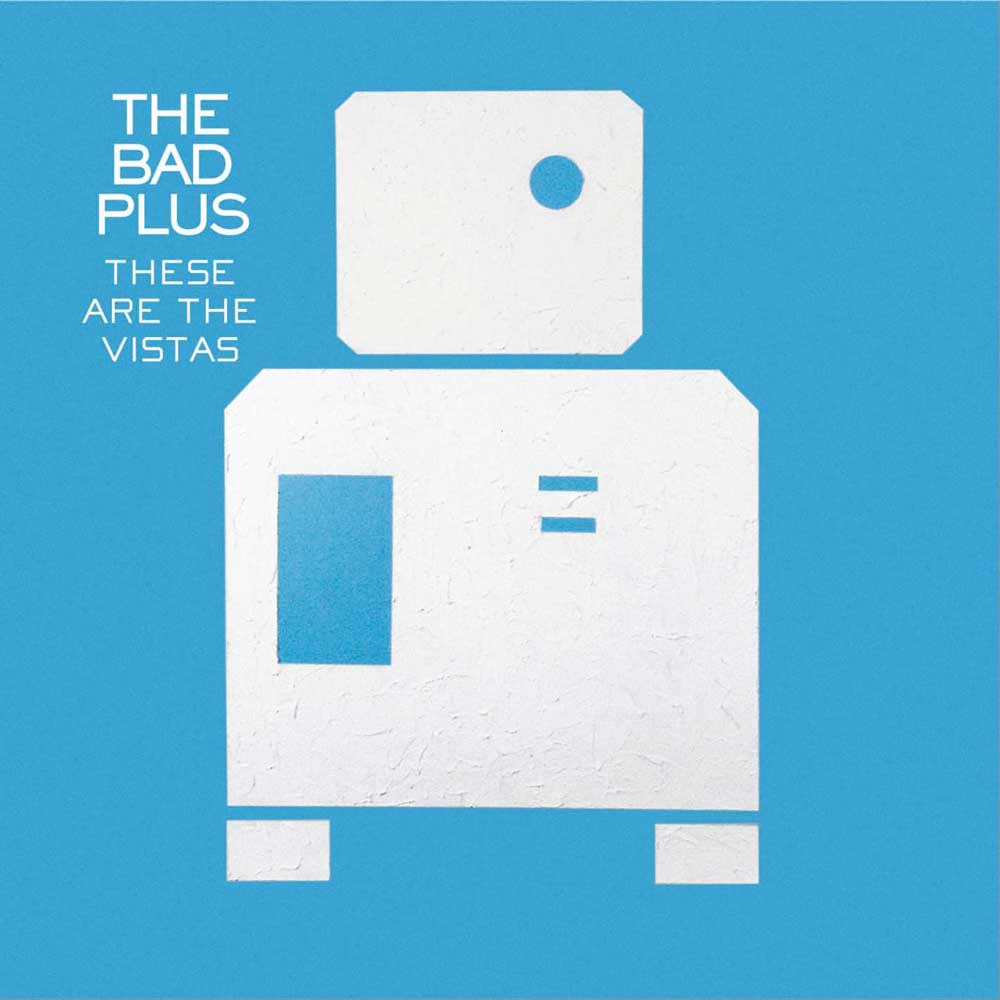
23 THESE ARE THE VISTAS
/ THE BAD PLUS
Columbia, 2003
At the time a trio comprised of Ethan Iverson on piano, Reid Anderson on bass and Dave King on drums, The Bad Plus did a lot of things a jazz piano trio doesn’t normally do. For example, this album contains two covers – Nirvana’s “Smells Like Teen Spirit” and Blondie’s “Heart of Glass”. Luring a new audience into the jazz clubs, this decidedly anti-traditionalist version of jazz felt like a fresh breeze of air.
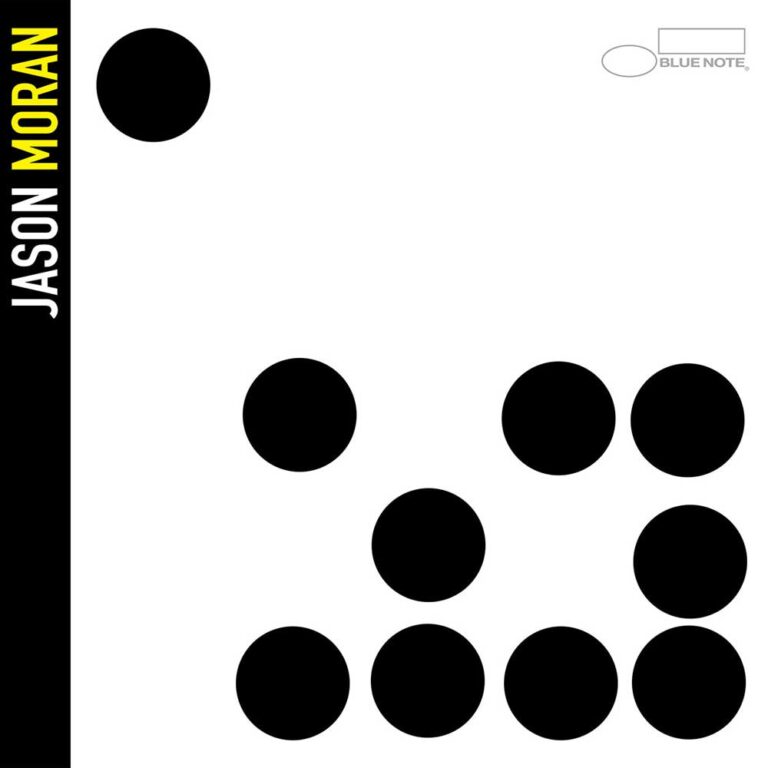
JASON MORAN Ten
Available to purchase from our US store.24 TEN
/ JASON MORAN
Blue Note, 2010
“Moran and his trio The Bandwagon have consistently laid down some of the most adventurous modern jazz since the trio assumed the name at the turn of the century, but Ten stands out in many ways as a particular triumph”, Max Cole writes in his review for Everything Jazz. Lifting its sampladelic mindset from hip-hop culture, the music reworks historical and musical references into an experience that feels refreshing, daring and unique.
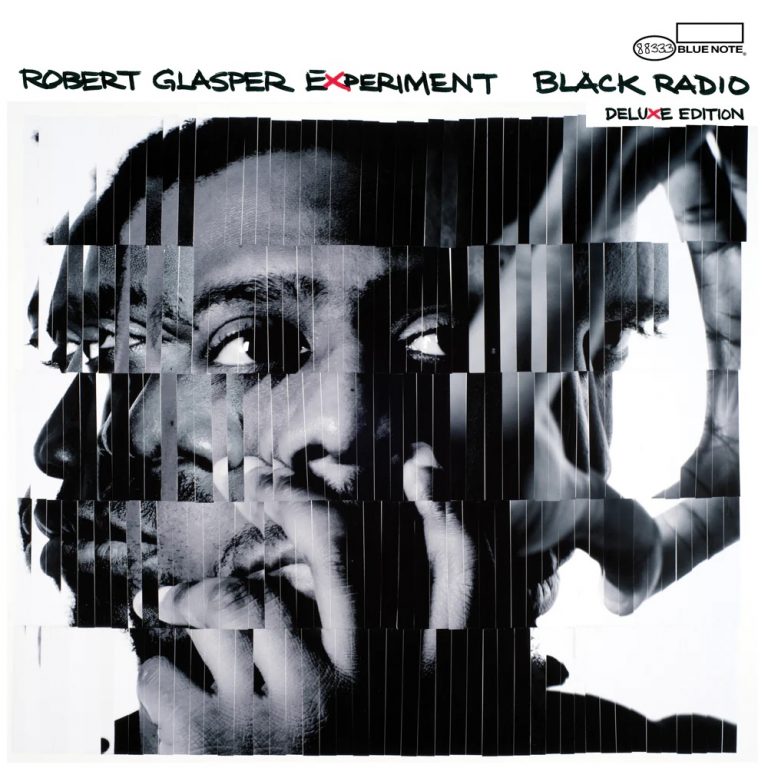
THE ROBERT GLASPER EXPERIMENT Black Radio
Available to purchase from our US store.25 BLACK RADIO
/ THE ROBERT GLASPER EXPERIMENT
Blue Note, 2012
Whether purists like it or not, Glasper has become the defining jazz pianist of his generation. His seminal, Grammy-winning album “Black Radio” was recorded with his electric quartet and features a dizzying array of guest singers from Erykah Badu to Meshell Ndegeocello while referencing the sample-based hip-hop and organic neo-soul of the late producer J Dilla. A feast for open-minded music lovers that kept jazz relevant for a new generation.
